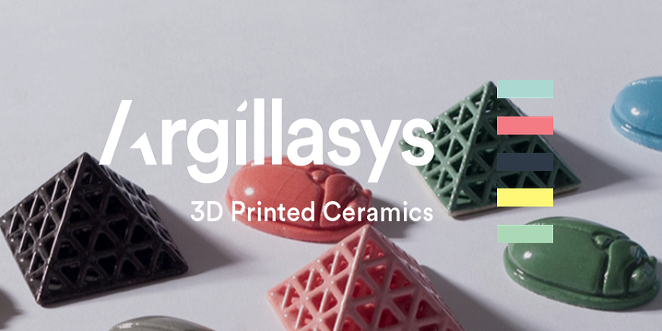Now officially ‘open for trading,’ as a spin-off from the Centre for Fine Print Research (CFPR) in Bristol UK, Argillasys offers a way for artists and 3D printing enthusiasts to get back to basics with ceramics due to their use of traditional porcelain. The company, founded by Stephen Hoskins and David Huson, offers not only a service for helping their customers find the perfect ceramic finish for their 3D printed pieces, but they also have a gallery chock full of inspiring designs–as well as a veritable 3D printed menagerie.
“David’s lifelong experience as a ceramic engineer combined with Stephen’s equally long printing history give an overview of the whole process from concept to completion,” states the team.
One of their specialties is in 3D printed self-glazing Egyptian faience animals. Putting a modern spin on a technique created 5,000 years ago, Argillasys blends ancient and modern worlds with artistic finesse.
There would be few ways to get as far back to basics as the Argillasys team is accomplishing here, imitating the original look and similar technique that Egyptians used thousands of years ago, mixing salt with clay in order to create a glazed surface requiring only one firing and resulting in both a cobalt and coppery finish.
Showing themselves to be a veritable whirlwind in their passion for ceramics, the team has also created their own ceramics material which is 3D printable and to be used in powder deposition. Along with the opening of Argillasys, their partners at Viridis LLC are unveiling Viriclay which is being marketed for ZCorp machines.
Expressing history and heritage, technique, and talent on several levels, Argillasys demonstrates the true depth that an artist can achieve through mixing the extremes of modern, traditional, and ancient equipment and techniques. The result is what would appear to be an inimitable style that is probably the envy of many artisans within their realm.
Have you dabbled in 3D printing and ceramics, or tried your hand at creating faience animals or using any other old-world style techniques mixed with new? Discuss in the Argillasys 3D Printed Ceramics forum over at 3DPB.com.
